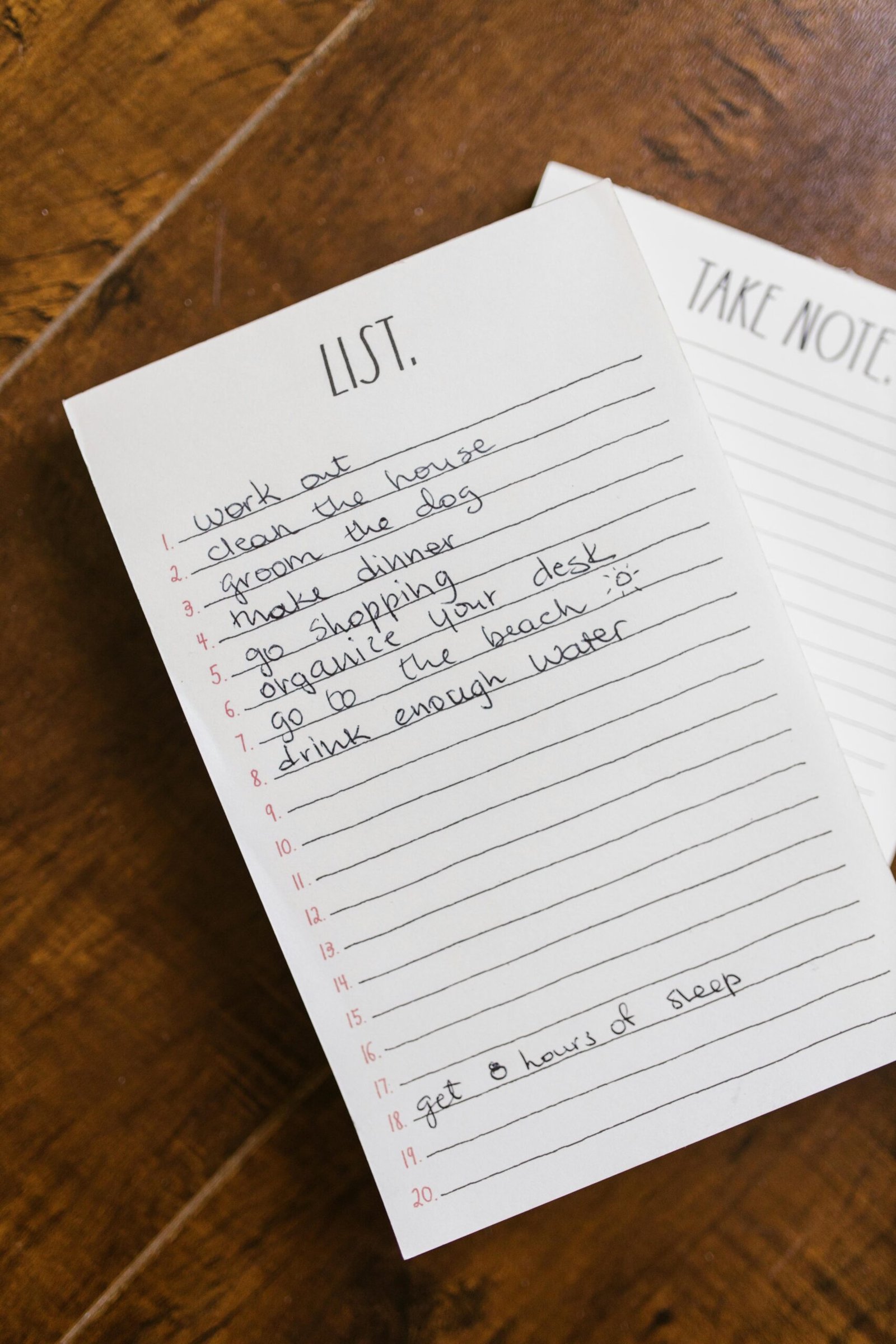In today’s fast-paced world, being constantly busy has almost become a badge of honor. We juggle work, family, friends, and a thousand other responsibilities. But in this whirlwind of tasks and deadlines, it’s easy to forget the importance of just being present. The concept of mindfulness—staying fully aware and engaged in the present moment—can seem like a luxury when you’re racing against time. However, practicing mindfulness, even for just a few minutes each day, can make a huge difference in how you feel, how you cope with stress, and how you perform in all areas of your life. Let’s explore some practical ways to stay mindful, even in the busiest of times.
1. Understand What Mindfulness Really Is
Mindfulness is often misunderstood as a time-consuming practice that requires you to sit still and meditate for hours. In reality, mindfulness is about being fully present in the moment without judgment, whether you’re meditating or just going about your day.
Why it works:
- Focus on the present: Mindfulness helps you shift away from distractions, anxiety, or overthinking, bringing your attention back to the task or moment at hand.
- Reduces stress: By focusing on the present moment, mindfulness helps you reduce feelings of being overwhelmed and stressed.
- Improves emotional regulation: Being mindful allows you to respond thoughtfully rather than react impulsively to challenging situations.
How to incorporate it:
- Recognize that mindfulness is not an “all or nothing” practice. It’s about being aware and present when you can, whether it’s during a five-minute walk or while washing the dishes.
2. Start with Mindful Breathing
One of the simplest ways to practice mindfulness is through mindful breathing. It’s quick, easy, and can be done anywhere—whether you’re in a meeting, stuck in traffic, or taking a break at work. By focusing on your breath, you can calm your mind and regain a sense of control.
Why it works:
- Instant relaxation: Focusing on your breath can help lower stress levels, reduce anxiety, and slow your heart rate.
- Mental clarity: A few deep breaths help clear away mental fog and improve concentration.
- Physical benefits: Mindful breathing has been shown to lower blood pressure and promote relaxation.
How to incorporate it:
- Try the “4-7-8” technique: Inhale for 4 seconds, hold for 7 seconds, and exhale for 8 seconds. Repeat for a few rounds.
- Take a few deep breaths before responding to a stressful email or stepping into a tense meeting. It helps you remain calm and clear-headed.
3. Take Mini Mindfulness Breaks
You don’t need a full hour of meditation to practice mindfulness. Short breaks throughout your day can help you reset and recharge, even when you’re busy. A few minutes of intentional focus can work wonders.
Why it works:
- Boosts productivity: Short mindfulness breaks help you refocus, leading to increased productivity once you return to your tasks.
- Prevents burnout: Taking time to check in with yourself throughout the day helps you avoid feeling overwhelmed or mentally exhausted.
- Improves mental resilience: Regular breaks make it easier to handle stress and stay grounded in chaotic environments.
How to incorporate it:
- Set a timer every couple of hours to remind yourself to pause for a quick mindfulness moment.
- Step away from your desk and focus on your surroundings for a minute or two. Take in the sounds, colors, and textures around you, allowing yourself to be fully present.
4. Practice Mindful Listening
In our busy lives, we often listen with the intention of responding rather than truly hearing the other person. Practicing mindful listening can improve your relationships and help you feel more connected to others, even during hectic moments.
Why it works:
- Better communication: When you listen mindfully, you understand people more deeply and are more likely to respond thoughtfully.
- Enhances empathy: By focusing entirely on what the other person is saying, you develop greater empathy and connection.
- Reduces misunderstandings: Mindful listening helps you pick up on nuances that you might otherwise miss.
How to incorporate it:
- When talking to someone, put away your phone and other distractions. Make eye contact and listen to their words without interrupting.
- Try to focus entirely on what they’re saying without jumping ahead in your mind to your response.
5. Use Transitions as Mindfulness Moments
We all have transitions throughout the day—like moving from one task to another or walking between meetings. These moments can become mini mindfulness breaks, helping you ground yourself in the present as you move between activities.
Why it works:
- Seamless integration: Transitions are natural pauses in your day, making them perfect opportunities to practice mindfulness.
- Increases flow: By being mindful during transitions, you can ease your way into tasks and move through your day with greater ease and focus.
- Mindful momentum: Small moments of mindfulness throughout the day help build a habit of staying present, even during chaotic times.
How to incorporate it:
- When switching from one task to another, take a few seconds to breathe deeply and check in with how you’re feeling.
- Before entering a meeting or phone call, pause and set an intention for how you want to approach the conversation with a calm and open mind.
6. Engage in Mindful Eating
We often eat on the go, distracted by phones, work, or even TV. Mindful eating involves focusing entirely on the experience of eating—how the food looks, smells, tastes, and feels—without distractions. This simple practice can help you become more aware of your body’s hunger cues and promote healthier eating habits.
Why it works:
- Improved digestion: When you eat mindfully, you chew your food more thoroughly, which aids digestion.
- Prevents overeating: Mindful eating helps you listen to your body’s signals and recognize when you’re full, preventing overeating.
- Enhances enjoyment: Paying attention to the sensory experience of eating makes food more enjoyable and satisfying.
How to incorporate it:
- Set aside time during meals to focus solely on your food. Avoid checking your phone or multitasking.
- Slow down your eating pace, savor each bite, and notice the textures and flavors of your meal.
7. Incorporate Mindfulness into Daily Activities
Mindfulness isn’t limited to formal meditation sessions. You can bring mindfulness to any activity you do. Whether you’re washing dishes, walking to work, or driving, bringing awareness to what you’re doing can help you stay present in the moment.
Why it works:
- Everyday mindfulness: By practicing mindfulness in ordinary tasks, you build a habit that becomes second nature.
- Improves attention: When you focus on simple activities, you train your mind to stay present, even when faced with distractions.
- Reduces mindless habits: Mindful activities make you less likely to go through the motions without paying attention, allowing you to engage more fully in life.
How to incorporate it:
- While washing the dishes, focus on the sensation of the water, the soap, and the motion of your hands.
- On your daily walk, take in the sights, sounds, and smells around you, rather than letting your mind wander to tasks or worries.
Conclusion
Mindfulness isn’t just for yogis or people with endless free time. It’s for anyone who wants to live more intentionally and reduce stress—even in the busiest moments. The beauty of mindfulness lies in its simplicity: it doesn’t require hours of your day, just a few moments of focus and presence. By starting small—whether it’s through mindful breathing, taking mini breaks, or focusing on one task at a time—you can gradually cultivate a greater sense of calm and clarity amidst the chaos. So, the next time life feels overwhelming, take a deep breath, be present, and embrace the power of mindfulness.
FAQs
1. How can I practice mindfulness if I’m always on the go? Start small. Take 1-2 minute mindfulness breaks throughout your day. You can practice mindful breathing, engage in mindful listening, or focus on your surroundings as you walk.
2. Can mindfulness improve productivity? Yes! Mindfulness helps you focus better, manage stress, and make thoughtful decisions, all of which can lead to improved productivity.
3. Do I need to meditate for mindfulness to be effective? No! While meditation is one way to practice mindfulness, you can incorporate mindfulness into everyday tasks—like eating, walking, or even working.
4. How do I stay mindful in stressful situations? Take a deep breath, pause, and refocus your mind. Recognize your feelings without judgment and remind yourself that you are in control of how you respond.
5. How can I stay consistent with mindfulness in a busy life? Start by incorporating small mindfulness practices into your daily routine. Over time, you’ll build the habit and find it easier to stay present throughout the day.




